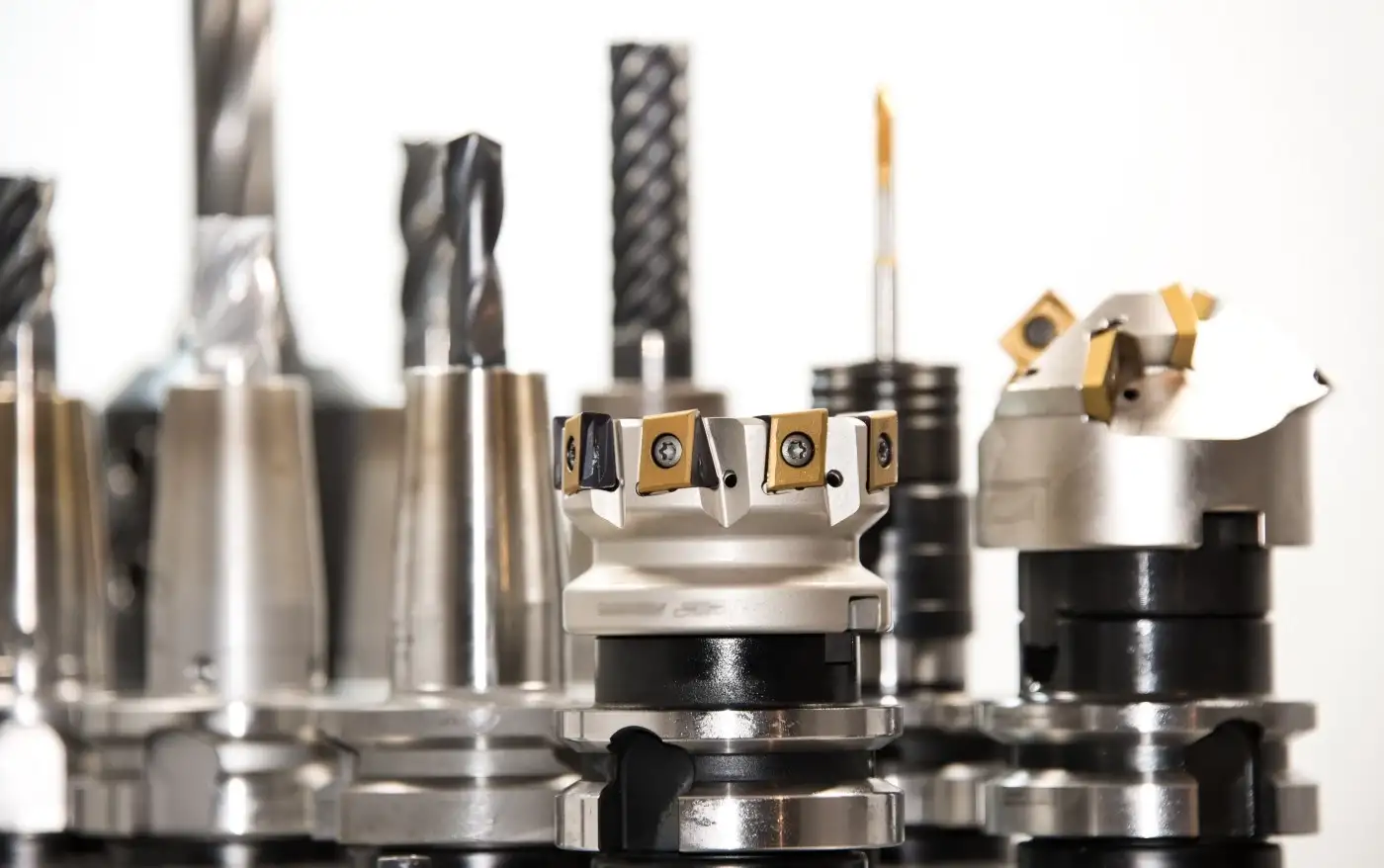Tips on manufacturing small-scale products from Andrew Dunbar

When it comes to creating hardware for small-scale production runs, the manufacturing process can sometimes get a bit messy. Sourcing parts, testing parts, and keeping prices down don’t always go hand in hand. Andrew Dunbar, a mechanical engineer and informal member, is quite comfortable with small-scale manufacturing. He recently joined us to share his process of designing a cannabis vaporizer, one of a number of similar projects he’s worked on in his 10+ years as a product designer and engineer. We caught up with Andrew to get his top tips for all things small-scale manufacturing.
1. Manufacture in-house.
Whenever possible, run small-scale production in-house. There may be days that you scratch your head wondering why this seemed like the best option, but in the end, it offers more control over the process of creating single parts. And you can also iterate by testing quickly. Having the autonomy to tweak parts before continuing the production run is crucial.
2. Source parts locally.
If you can’t produce a piece of hardware in-house, look for a local manufacturer. Sure, it may be a bit more expensive to find parts locally, but the ability to visit a production facility is invaluable. Discussing issues becomes much less of a headache when you can visit a facility in person. A word of warning — be sure to always get a confidence rating before signing on with a company. Just because they say they can make a hardware component doesn’t mean that they really understand the ins and outs of the part.
3. Find cheap (or free!) software.
Working on a tight budget? There are tons of cheap, sometimes even free, and often open source software out there that can knock your cost down. There’s no need to pay hefty prices for software that you may not need for a larger production run. Seek out online communities of other makers — they’re often looking to lend a hand to folks in need of software! One of Andrew’s favorites is SketchUp,, which is a free software that can, at least at the beginning of your production run, replace the large price tag of CAD licenses.
Andrew had one final piece of advice: Keep processes simple! When designing on a small sale, there’s no need to get complicated, especially since your process may change for a larger run. “If you need a piece of sheet metal with five bends in it,” advises Andrew, “don’t try to make all the bends at once in some fancy contraption you come up with. Instead, find an existing solution!”
We’re lucky to have Andrew and his vast knowledge in the informal community! If you’re looking for expertise on manufacturing your product, don’t hesitate to reach out.